Header image credit: Joe Schaeffer Photography
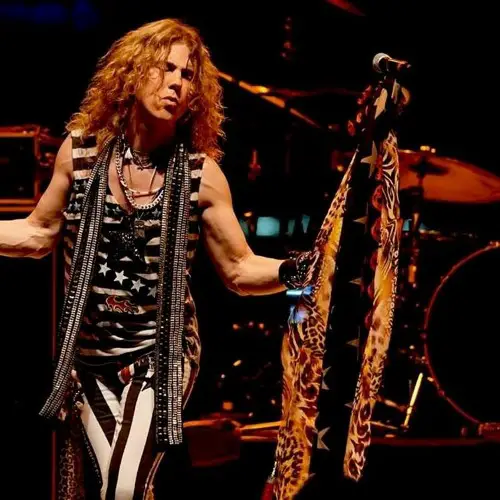
Keith St. John’s origins may be humble, but the singer’s 70s-era throwback stylings and muscle-driven vocals are anything but.
St. John cut his teeth on the Long Island club scene, establishing himself amongst his peers as a frontman with moxy, charisma, and talent to boot. It wasn’t long before St. John’s talent landed him in the offices of Atlantic Records, on his way to LA to stake his claim amongst a vibrant hard rock and heavy metal scene.
As a latecomer to the scene, St. John’s journey found him on the move, moving from band to band, in search of the right fit, fighting for his artistry and musical integrity along the way.
A chance meeting with Ronnie Montrose and Dough Aldrich soon set St. John’s course, and in short order, the effervescent vocalist found himself fronting a now reformed Montrose, as well as newfound, up-and-coming act, Burner Rain, alongside virtuoso six-stringer, Doug Aldrich, with Ian Mayo (bass), and Alex Mackarovich (drums) bringing up the rear.
Burning Rain’s initial run was short, amounting to two albums before other engagements left the act on hiatus. Conversely, St. John went on to front Montrose for fourteen years, before the untimely death of Ronnie Montrose put an end to the band.
In the ensuing years, St. John has found himself ever in demand, as he’s gone on to front Quiet Riot, Lynch Mob, Sweet, Nazareth, and more. In addition to this busy schedule, Burning Rain has resumed activities with St. John and Aldrich now being supported currently by Brad Lang (bass), and Blas Elias (drums). With two more albums under their belt, it seems that the dynamic duo of St. John and Aldrich is just getting started.
I recently sat down with the veteran singer to discuss his long career in and out of hard rock music.
Andrew;
Keith, thank you for taking the time to dig in with us. As a young musician, what first sparked your interest in rock music?
Keith:
I used to jam some rock tunes on drums in my parent’s basement with a friend of mine from the school band that played guitar. We both sang in the choir and all that, so the vocals were a no-brainer, automatic product of the pomp and circumstance for how loud we were bashin’. [Laughs’ My parents both worked, and came home well after I got home from school, so we could always grab a few hours after school.
Andrew:
Being from New York, what were some of your earliest gigs where you first cut your teeth, so to speak?
Keith:
High school, for me, was actually out on Long Island about an hour and a half east of the city. The first taste of a club band was at a club called the Back Alley Lounge that I used to hit with a high school buddy since it was near my high school. [Laughs]. Decembers in Port Jefferson was where my first club gigs on Long Island took place. A few others were Sundance, The Stage, Stage Door, L’Amour East (Queens), and The Salty Dog, for anyone who used to gig out on the Island. By the time I was out there, My Father’s Place, which was where Twisted Sister and Zebra had cut their teeth, was long gone, but still legendary.
Andrew:
As you alluded to, early on, you were a drummer but chose to forgo that in lieu of taking the stage out front. What led to that decision?
Keith:
I was singing at Decembers in a rock trio called The Fury at the time, and the dudes that hired me after I auditioned for them asked me to try fronting the band since I was singing the majority of the material anyway. I was a pretty bossy kid with a lot of physical energy from having been into high school sports, street activities, and whatever crazy challenges came my way, so it was decidedly an instantaneous, magnificently natural fit.
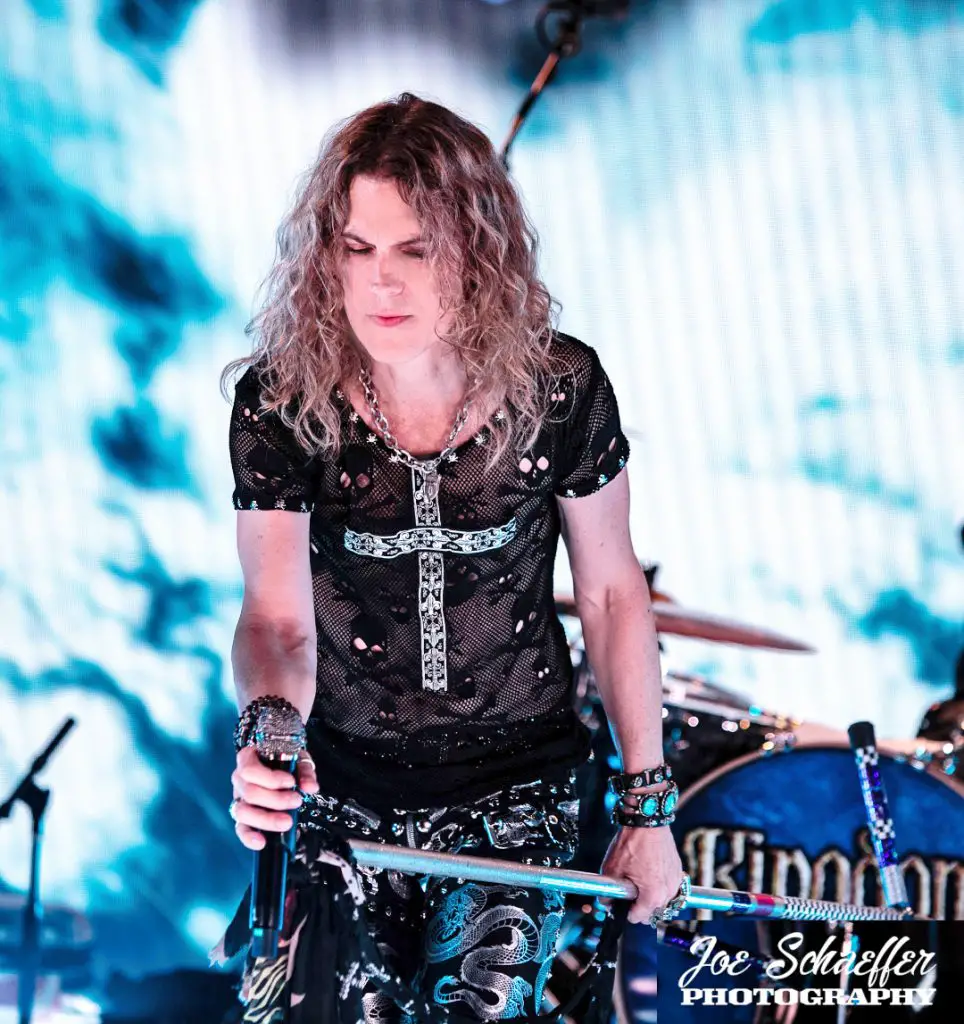
Andrew:
Walk me through the recording of the demo tape which led to your discovery, and subsequent signing to Atlantic Records with Big Trouble.
Keith:
Okay, so I learned about the possibility of recording my own stuff from a couple of friends in the Setauket/Port Jefferson/Stony Brook area where I was living. I hired this dude called Studio Bob, who had an 8-track to half-inch studio at his house to record four tunes that I’d worked up with a few musicians from my university where I was an electrical engineering major. Bob burned me my first cassette copy, and that’s all I had so far. In the meantime, me and my guitarist from school used to often hang out late at night at this 7-11, which was a few miles from the university. It was a major stop-off for anyone comin’ home from the cool clubs late at night, which were all out west. We actually met a lot of interesting folks, band members, bar owners, bartenders, and all sorts of crazies on those nights. There was this night girl, named “D”, she was an aging rocker, maybe 26 at the time, and she used to let us come jam in the huge back room, which was their receiving room. We’d set up Chris’s electric guitar, and maybe bring some acoustics, and whatever else we had. Anyway, there were lots of productive late nights into the dawn spent there, but one dude, who used to come in buzzed regularly was George, who owned a big old popular Bar ‘n’ Grill called George’s Handlebar. He of course was a 6’ 4″ lean Irish dude, with a badass handlebar mustache! Got it so far? [Laughs. I will just cut to the chase here – at around 4:30 or 5:00 am on the nights he stopped by, and remember, in New York, last call was 4 am, George always said to me, “Hey, if you boys ever record your own stuff, and make a tape, let me know ’cause I know some major connected music biz people.”
Well, when I got that first tape from Studio Bob, I brought it to our usual 7-11 jam night the next day, and of course, George magically showed up that night. I told him I had a tape, and he wrote down an address for me on a 7-11 napkin. I’ve never been one to, “Wait ’til tomorrow,” so my move was to drive now, in the storming weather, over to this guy “Tony’s” house, and leave it on the doorstep. [Laughs]. I got a call a couple of days later asking if I could meet up, “Wherever I was.” I was about two hours east of Manhattan that day, but these guys came out and met me in full-on, stretch-limo-style, and afterward, they asked me if I could, “Get over to 75 Rockefeller Center,” a couple of days later. Turns out “Tony” had a partnership deal going with Jason Flomm of Atlantic Records, New York, and Paul Fishkin of Modern Atlantic, LA, which was in conjunction with a band they were forming that was already signed to Atlantic.
So, I went in and met the brass, who told me I was, “The guy they’d been searching for.” That started the rollercoaster ride that I’m still on. The rest of the band consisted of Tommy Henriksen on bass, a great musician, who ironically, was the first guy I ever saw singing metal covers at December’s, which was the first club I did my thing at, with my first metal and hard rock cover band, The Fury. Tommy’s band was one of Long Island’s favorites – Ruffkut. The drummer was Bobby Rondinelli of Rainbow, who was another Long Island hero in the rock world. The guitarist, Jon Levin, was new to me, but he was an ace shredder, and a super musical guy, who fit in perfectly with my classical music roots, combined with blues-rock. Jon and I are still pretty tight to this day.
Andrew:
By the time you hit Hollywood, the scene on the Strip was just beginning to shift a bit. Do you feel that contributed to the reason why Big Trouble didn’t hit?
Keith:
For me they were unrelated. I bailed on the Big Trouble band to do Los Angeles on my own, with a deal I was offered from a management company to come out here.
Andrew:
To that end, St. John was your next band, but you quickly pivoted to join Rudy Sarzo and John 5 in Sun King, forming a proverbial “supergroup.” Walk me through that progression.
Keith:
I was having some “rubs” at the time between me and my drummer in St. John. All in all, it was not a great biz move to drop the St. John project, ’cause we made great progress literally overnight in LA, and we had decent offers already on the table. But me being a stubborn artist type, who wasn’t done cooking the St, John soup yet, just thought there’s be no harm in side-tracking for a while with Rudy, who had his shit really together, tons of success, and experience in the industry. Giant Records, (Irving Azoff personally) had already signed the band, and an A&R guy named Kevin Moran, who was hot on my tail at the time, pitched one of my demos out to Rudy, who called me and arranged a meetup. Things felt really good personally between us, so it was easy to say yes to that one.
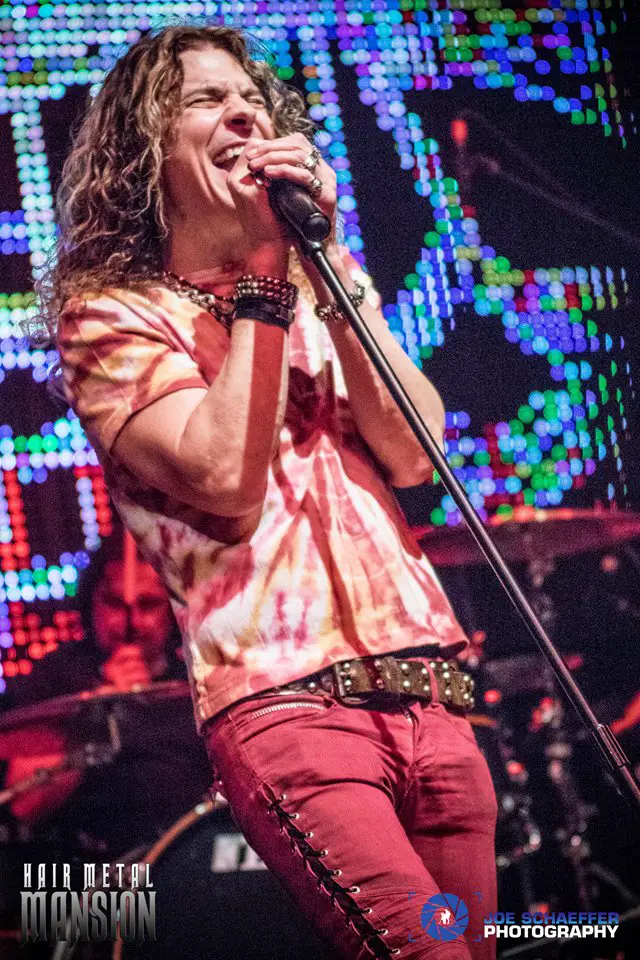
Andrew:
With its pedigree, Sun King had all the ingredients for success, but still, widespread acclaim eluded you. Dig into Sun King a bit more for us. In your estimation, was Giant Records simply unable to give the push required?
Keith:
A guy at Giant, who was pivotal in the band’s momentum within the inner workings of the label had passed away, which didn’t help, and at one point, Jeff Aldrich became the new head of A&R at Giant (Kenny Wayne Shepherd/Big Head Todd & The Monsters/Letters to Cleo). Since we weren’t his signing, it felt like he had set his mind against us for whatever reason – he simply didn’t dig what we were doing. Rudy wanted to move on, as he had put his all into it for a few years, and I couldn’t blame him. The other guys wanted to continue on and look for another label, but I wasn’t really down with that. Once again, probably not a great biz decision on my part, but for me, again, it was all about the “art” value of it feeling right.
Andrew:
In 1998, you joined Montrose, a gig that lasted until 2012. How did you hook up with Ronnie Montrose, and what were your first impressions?
Keith:
A great keyboard player, who was in the studio with Doug Aldrich and me, who was doing some tracks on our first record, told Ronnie that I was, “A kid he needed to hear.” Ronnie was into writing with a new singer and putting something new together at the time. This keyboard player dude was someone Ronnie put great faith in his very small close circle of musical friends. Without really going to any length to check much out about me, we just started working on songs together at his house, and my place, and began demoing up a record worth of songs. About a year into it, Steve Miller’s manager, who was a Montrose fan, offered to also manage a new Montrose if Ronnie would put one together. Ronnie auditioned me on the stuff with some guys he knew, and once he heard and liked me on it, asked me to put together a band.
Andrew:
Also in 1998, you and Doug Aldrich formed the truly underexposed band, Burning Rain. Take me through your first meeting Doug, and the inception of the band.
Keith:
We had a common bass player in both of our bands we had been working on, Ian Mayo, who told us both we should, “Meet up and see what happens.” We got on the phone, met up, quickly demoed three or four tunes, and had a deal in the works with Pony Canyon, a Japanese Label, right off the bat. Of course, Ian would be the bassist, and I got a guy that I knew and had hired for a ton of local side gigs in LA, who I thought was the shit to play drums, and that was Alexx Makarovich. To top it off, we hadn’t played any shows before signing the deal with Pony Canyon.
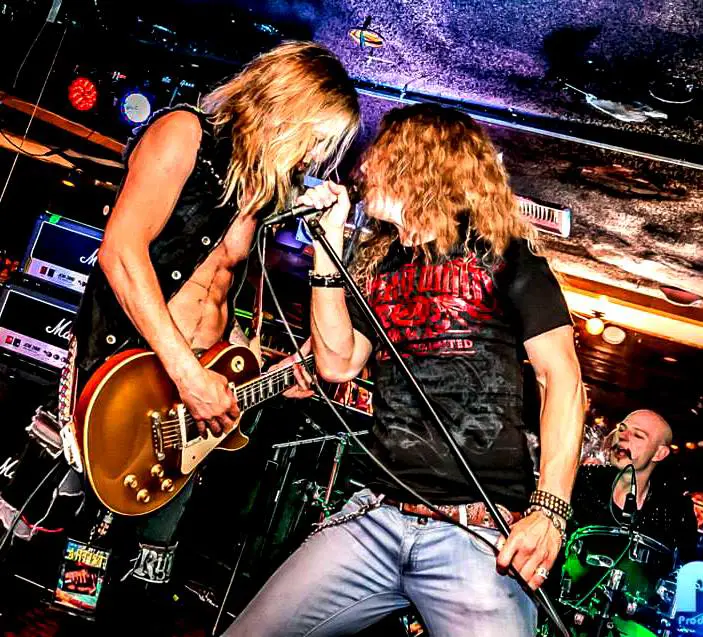
Andrew:
In an age in which hard rock was struggling, Burning Rain seemed to thrive in the 90s. This said, popular music at the time, combined with being on an indie label must have made it hard to gain exposure. Can you expand on that at all?
Keith:
The simple answer is that we were slaves to whatever promotional budgets – or lack thereof – Pony Canyon put out for us. Japanese mentality was probably on the conservative side at that point in the rock market, and artists were not yet in the habit of doing any self-promotion. Was MySpace even around yet? [Laughs].
Andrew:
Both yourself and Doug seem to have that classic frontman/lead guitarist dynamic which is so important for rock music. If you can, dig more into that musical symbiosis that you both share.
Keith:
I think we know each other pretty well, and know what each other will respond to these days. We both love a lot of the same factors in the full-out jam, as well in the clever changes, and hard-hitting dynamics of rock tunes. We can clash from time to time, which is classic, and a good thing in the long run ’cause it never gets boring.
Andrew:
After thirteen years, Burning Rain regrouped, and released Epic Obsession in short order. What led to the long lag between albums?
Keith:
Busy schedules! Whitesnake, Montrose, Dio, Lynch Mob, Neal Schon, and many others we both got involved with. We’d worked on a lot of the songs from Epic over the years, but hadn’t had the proper time to complete an album until ’13.
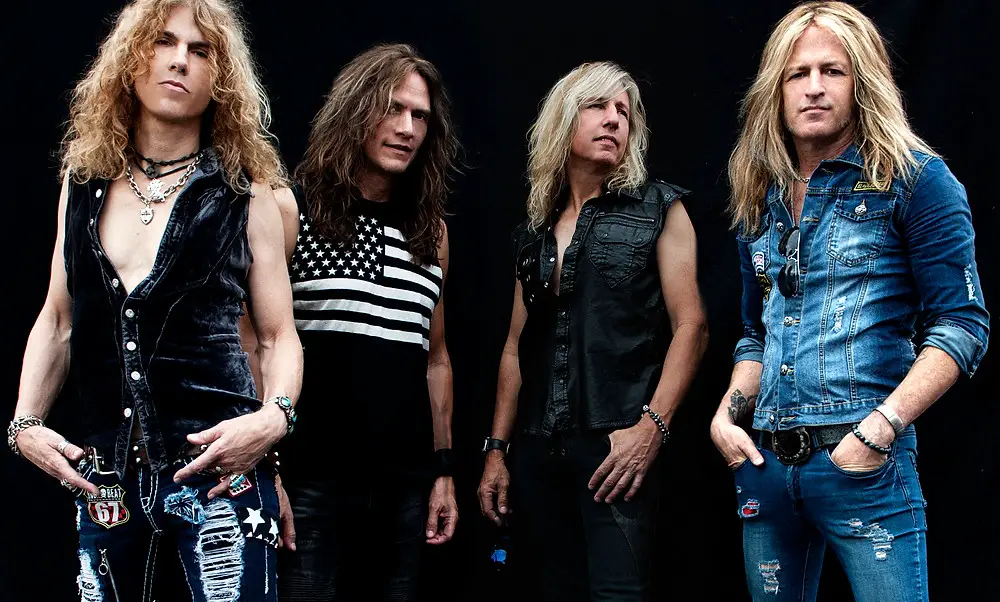
Andrew:
Frontiers is a label that seems to be scooping up so many old-school rock bands these days. What did their courtship look like and what made them the right label for Burning Rain?
Keith:
They made things easy for us. We delivered a record the way we wanted it to sound. They paid for it and promoted it. End of story. [Laughs]. It’s what an artist wants and deserves. Frontiers did a great job with it.
Andrew:
2019 saw Burning Rain release its most recent album, Face the Music. How do you feel the band has progressed since its early days? What made this album Burning Rain’s best yet?
Keith:
All four albums have their strengths over the others. I’d say overall the fourth album had simpler arrangements, and straighter lyrics but was more layman style than we normally do. We had new influences from other bands and projects Doug and I have worked on over the years. We also had new influences from Brad and Blas, which definitely played a large role in the new sound of the band.
Andrew:
I wanted to circle back to Montrose. While you fronted the band for fourteen years, you never recorded any new music with the band. What kept Ronnie dormant in that regard over the years? Was there ever a push to hit the studio?
Keith:
We actually started off as a writing duo! We did spend time recording demos and recording a record. While Scott Booray was still managing us, we went into the studio with our rhythm section at the time, Eric Singer and Ricky Phillips, and recorded a bunch of our songs. After Ronnie passed, there was great controversy behind the scenes, and amongst fans and friends when a record was released under the name “10 by 10” by Ronnie’s estate, which was produced by Ricky Phillips). In the long run, with a whole bunch of my writing on it, I graciously allowed the release of that record, with the agreement made that I’d be permitted to release the original versions of those songs I co-wrote with Ronnie, “Down the road.” You just reminded me! I will call Ronnie’s wife tomorrow. [Laughs].
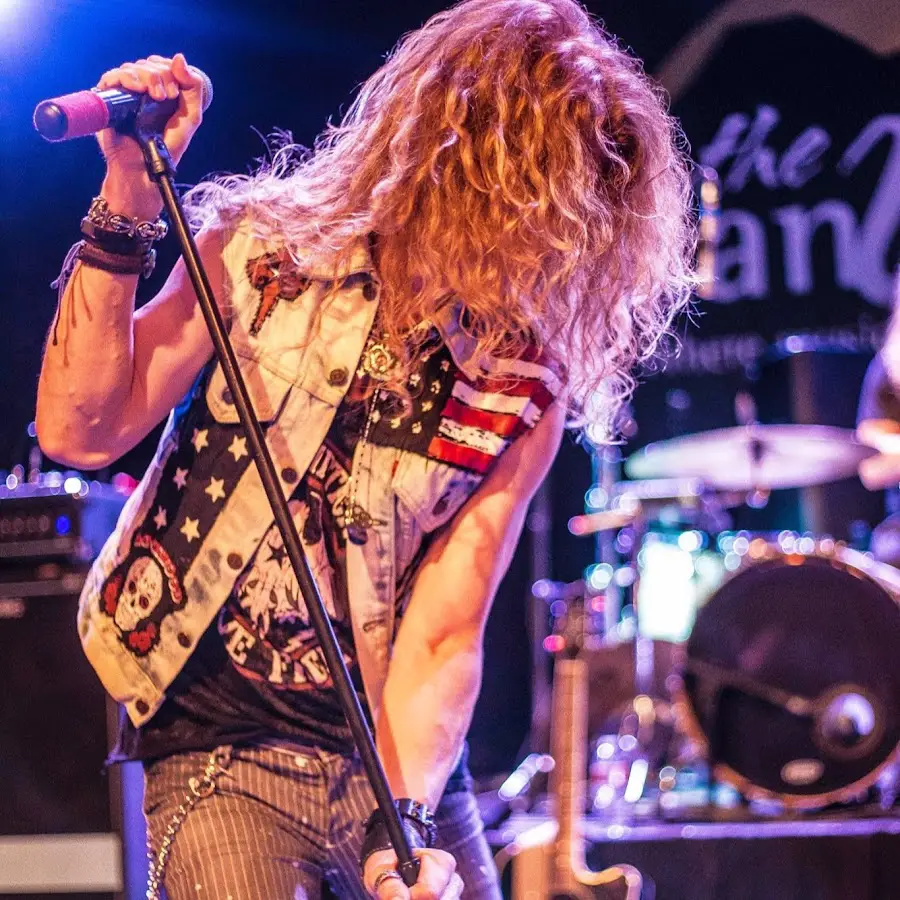
Andrew:
We sadly lost Ronnie Montrose in 2012. Having worked with him for as long as you did, what are your lasting thoughts on him as a musician in regards to his legacy?
Keith:
He was a true champion of the guitar style he is revered for. He was not a “hit” songwriter on his own but shined like an angel when teamed up with the right people. He was a master of guitar tone and could entertain an arena audience for hours simply by sustaining one note if that’s where the wind took it. Ronnie loved freedom – on stage to drift in the moments – and in life on the road, and in the studio as the ultimate hippy captain of the ship. He was highly regarded and respected among his peers. He was generous with the people he loved. That’s how I knew him.
In his early days of fame, Ronnie’s unfortunate Achilles heel was him needing to micro-manage too much of the creative talent around him. I’ve had many conversations with most of the others who worked with him back in the day. I Love him to death! God Bless Ronnie.
Andrew:
Over the years you’ve received the call to front many bands in a pinch such as Sweet, Neal Schon, Quiet Riot, Nazareth, LA Guns, and more. What’s kept you in such high demand, and were there ever any talks about you signing on permanently with any of those bands?
Keith:
As far as signing on permanently, there were always those talks, but creative projects come and go. Neal Schon would ultimately get Journey back together, Quiet Riot’s members were friends, but the job of being Kevin [DuBrow], and not concentrating on new material was not for me. The band Gunzo had great promise with Tracii Guns and Rudy Sarzo, but certain personal differences sadly imploded it. Maybe that band could still do a record in some way, shape, or form one of these days. As far as being in high demand, one can never be too sure, right? I think it’s a presence thing with me – stage presence or something that people are attracted to. I am always working on my own material because it’s what keeps me happy at the end of the day.
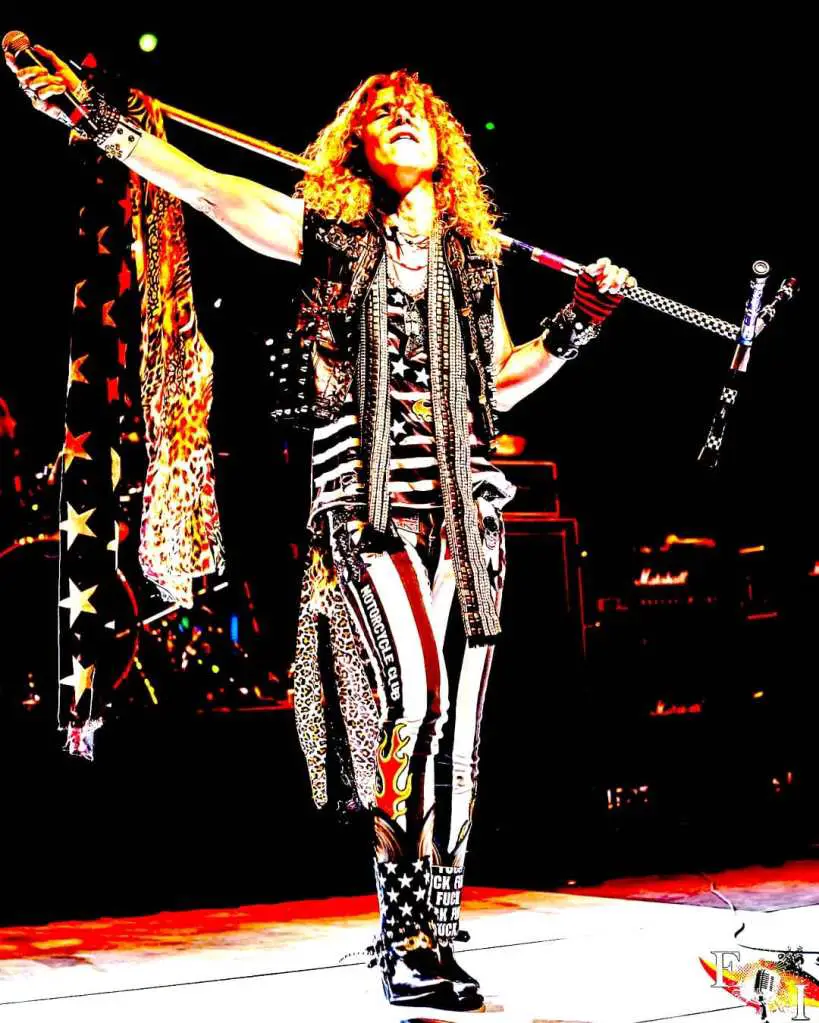
Andrew:
Your work with George Lynch on his album, Kill All Control, is exceptional, and it has proved to be a standout in his discography. Between 2010 and 2015, you and George seemed to have an incredible working relationship, which culminated in some massive shows. What’s kept you two from continuing on together?
Keith:
Well, for one, I’m a damn hippy to the end, man. [Laughs]. The phone rings, and if I’m not on stage or in the middle of a vocal track, or sometimes even if I am, I answer it…that’s it! As for George, who’s one of my favorite friends, as well as a brilliant artist, he moves, creates, records, and plays in many circles all the time. He’s a non-stop guitar workaholic, who I’m happy to work with any time he calls, and I’m not busy. Whether we can contribute some more together is yet to be seen. I do keep fairly busy, but not as busy as George Lynch. Love ya, George!
Andrew:
Keith, you’re a man of many hats, and you seem to be always in demand. Unlike many of your contemporaries, you’ve kept your voice in phenomenal shape. What’s your secret?
Keith:
Deep breathing. Make love at least once every day. Lotsa Lotion! [Laughs].
Andrew:
Last one. What’s next for you in all lanes, Keith?
Keith:
I’ve got a great record coming out with a Dutch artist, Ron Coolen, that I co-wrote everything on. Also featured on the record are Gus G from Ozzy Osbourne, and a few other superstar guitarists. I’ve got another great record coming out with a US band called Desert Dragon that’s very grassroots 70s sounding a la Free, ELO, older Aerosmith, Kansas, and Deep Purple. Wynn Davis is in the middle of mixing it right now in Los Angeles. I’m in the final demo stages and getting ready to track the new St. John record. There are lots of live shows with different artists all over the country all the time. Kingdom Come, my current touring band, is getting ready to play Sweden Rock on June 10th in Solvesburg Sweden. Check out my latest videos with Brothers In Arms here and here. That’s all I can think of off the top of my head!
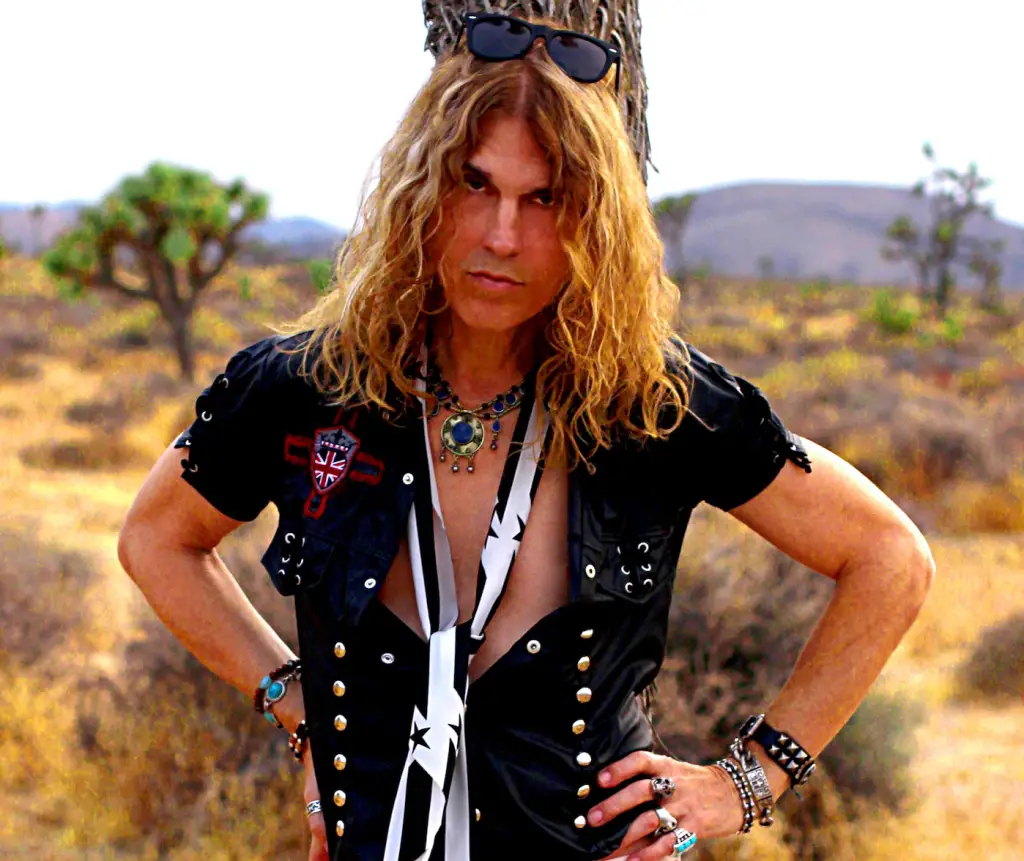
Interesting in learning more about Keith St. John and Burning Rain? Hit the link below:
Be sure to check out the full catalog of VWMusic Interviews, by Andrew Daly, here: www.vinylwritermusic.com/interviews
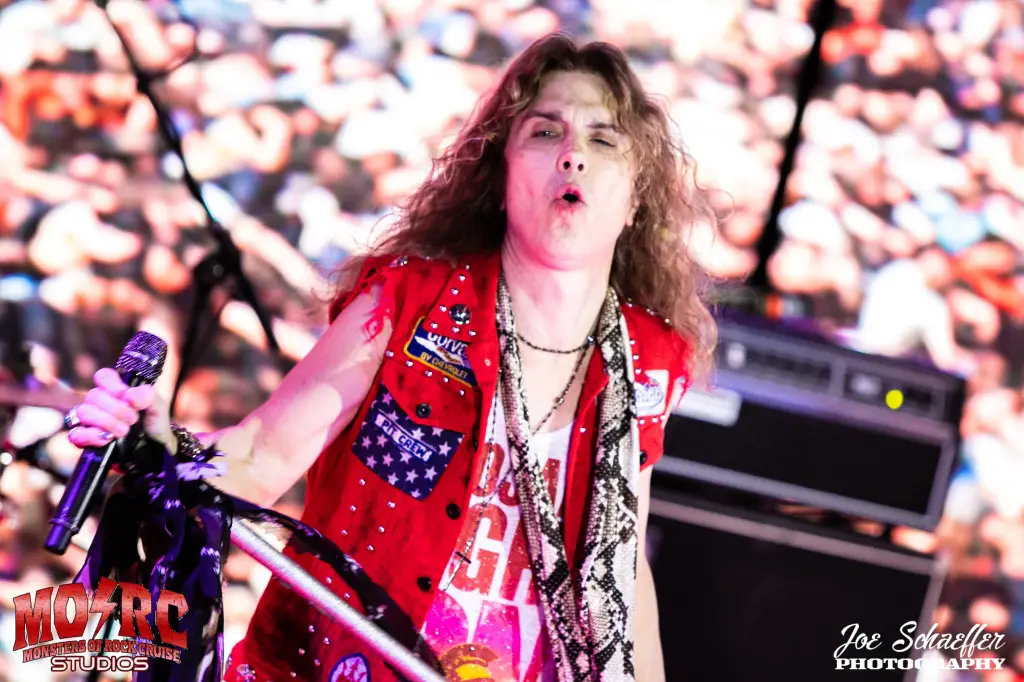


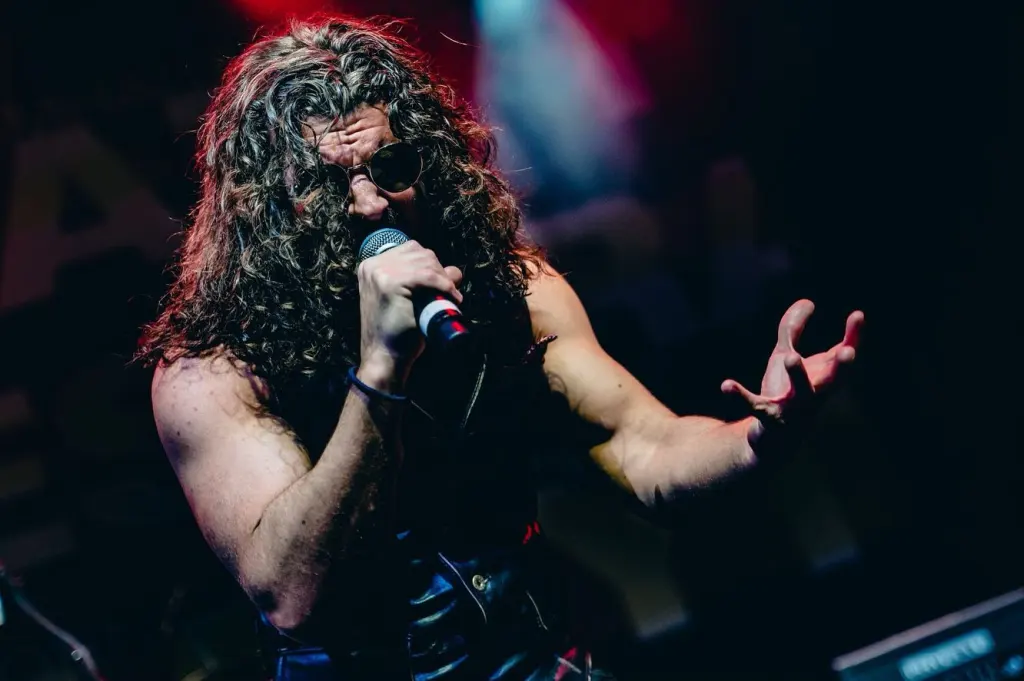
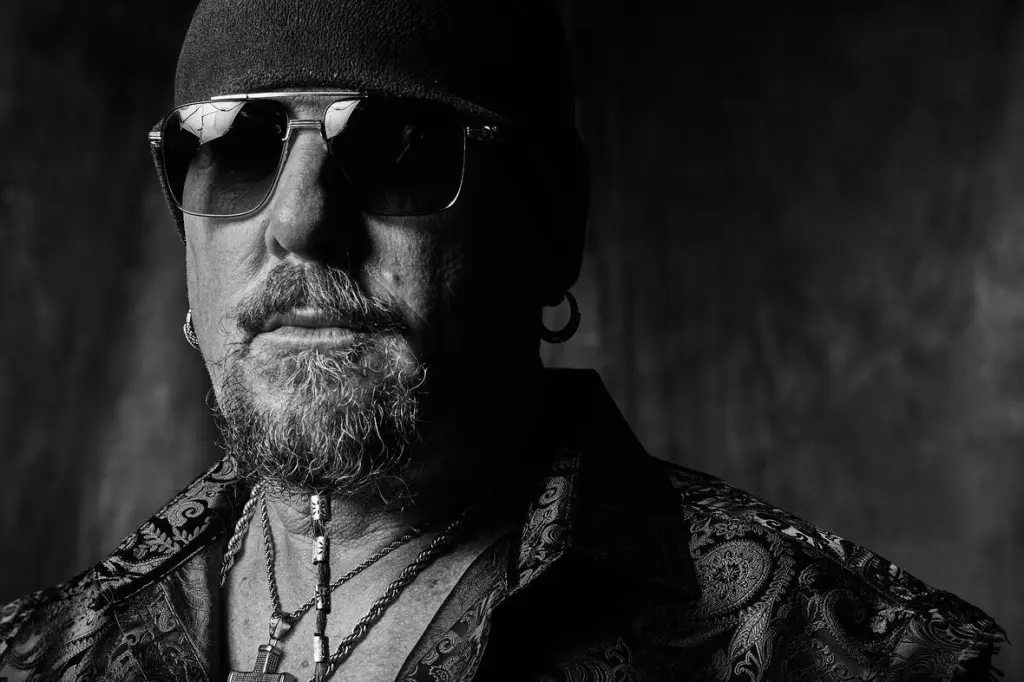
Leave a Reply